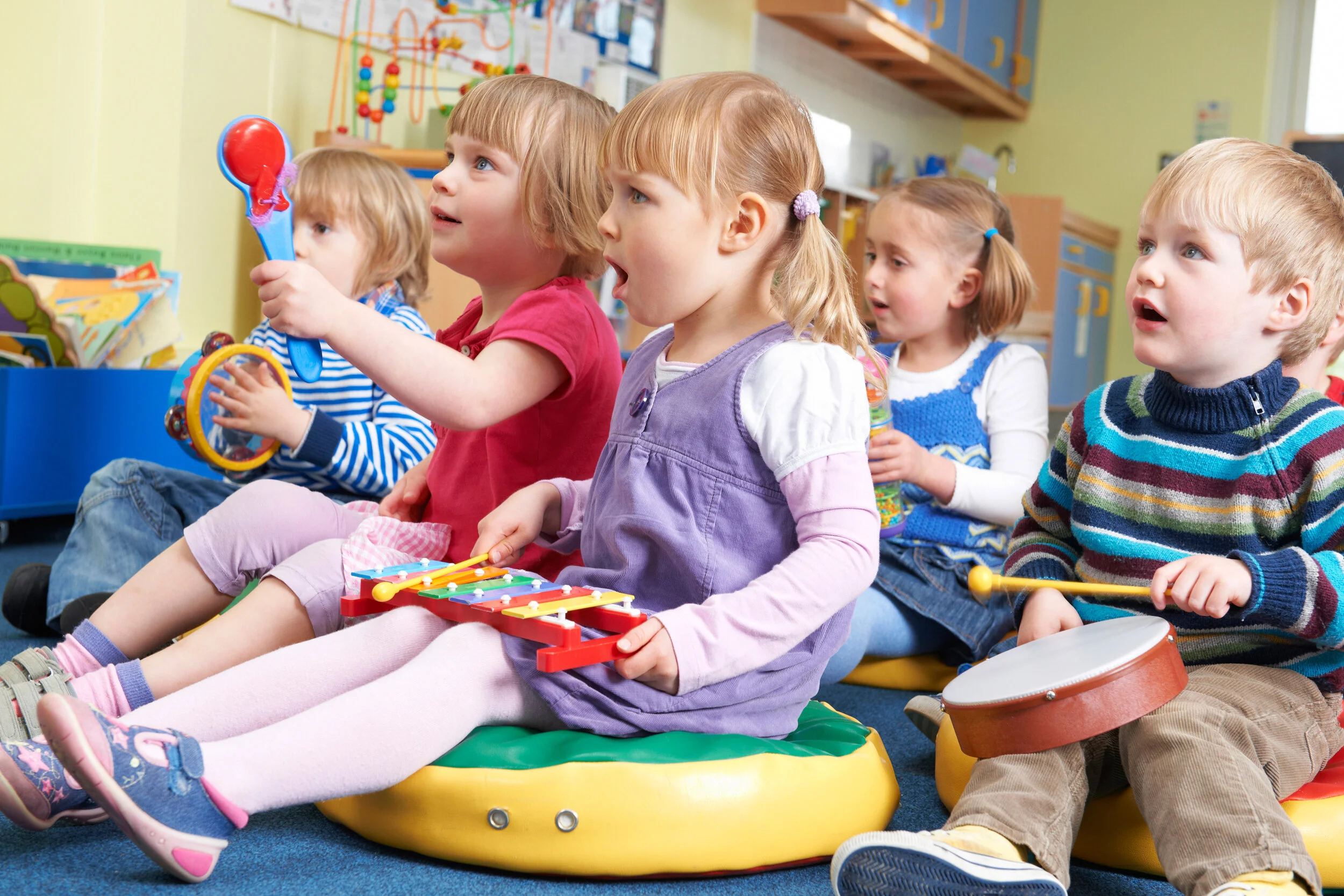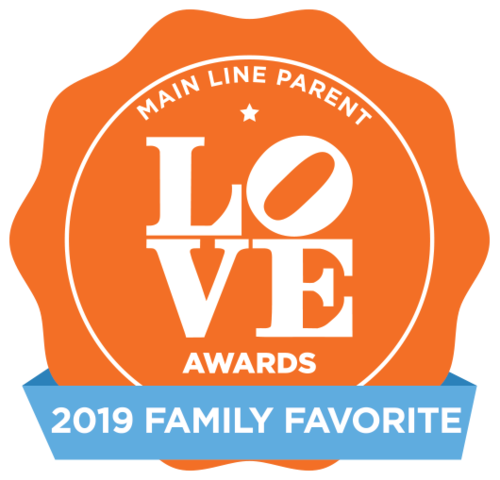The Best Superpower You Can Give Your Child
/Language U Teacher: (pretends to shake in the pretend cold) Brrrr! Oh no!! Il fait froid! It’s cold!! Je porte mon écharpe? Am I wearing my scarf?
5-year-old Student: No, you’re not wearing your écharpe. And not your manteau (coat). That must make you sad and cold.
Teacher: Oh, should I put them on?
Student: Yes. If you're sad and cold, I’m cold and sad.
Empathy is the ability to recognize and understand another’s feelings. As humans, empathy is the super power that builds compassion for others. In a way, empathy is like x-ray vision. Empathy exposes the true meanings of conversations, allowing us to read between the lines, and to hear and to understand beyond what was said. This super power also helps us at work to relate to others, as the ultimate team member, and it also helps us to rise and become a strong leader. In times of crisis, empathy compels us to help others and to make a difference. It is the one attribute that all heroes, and world-changers have in common. Knowing that, it makes sense that more and more parents want to bestow empathy unto their children.
“[Infants and children] learn this vital skill from parents, caregivers, friends, and role models. If [kids] lose that opportunity to learn emotional literacy during childhood, it has negative, long term impacts,” says Mary Gordon, founder and president of Roots of Empathy. Yet in an increasingly-digital world, children are less and less likely to be out and about honing in on their empathy skills. So what is one way children can learn empathy from anywhere?
Researchers now believe that learning a second language can increase our capacity for empathy and understanding. Being that language is the ultimate connection between humans, it is no wonder that speaking another’s language helps us become more compassionate beings. Learning a language is a humbling and difficult process that exemplifies determination and a strong will to communicate and to be heard. The art of learning a second language symbolizes respect and equality. And even just practicing a second language from a young age can build a foundation of confidence, problem-solving skills, and an increased IQ and EQ, which is everything your little superhero needs. So next time you find your child in a selfish situation, we recommend a conversation about empathy and a free-trial language class-- on us!
References:
Empathy: The Language of Emotion
How Learning a Language Makes You More Empathetic







